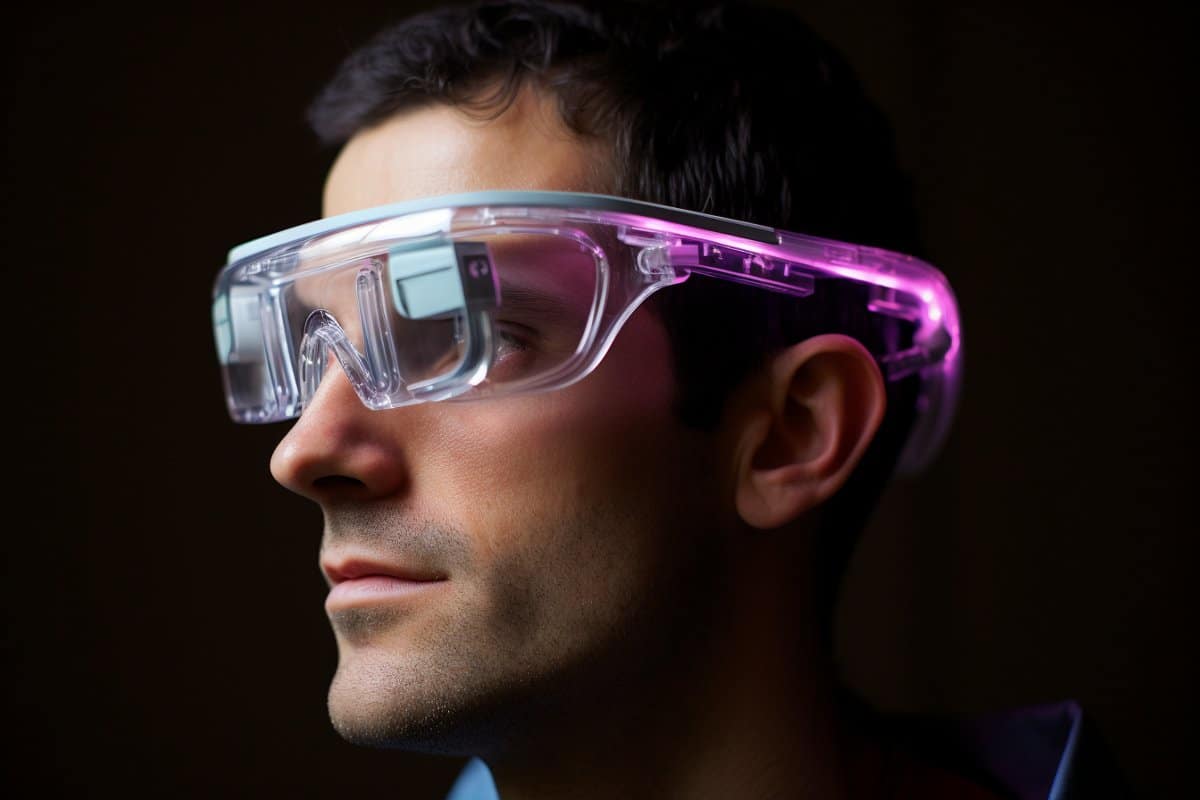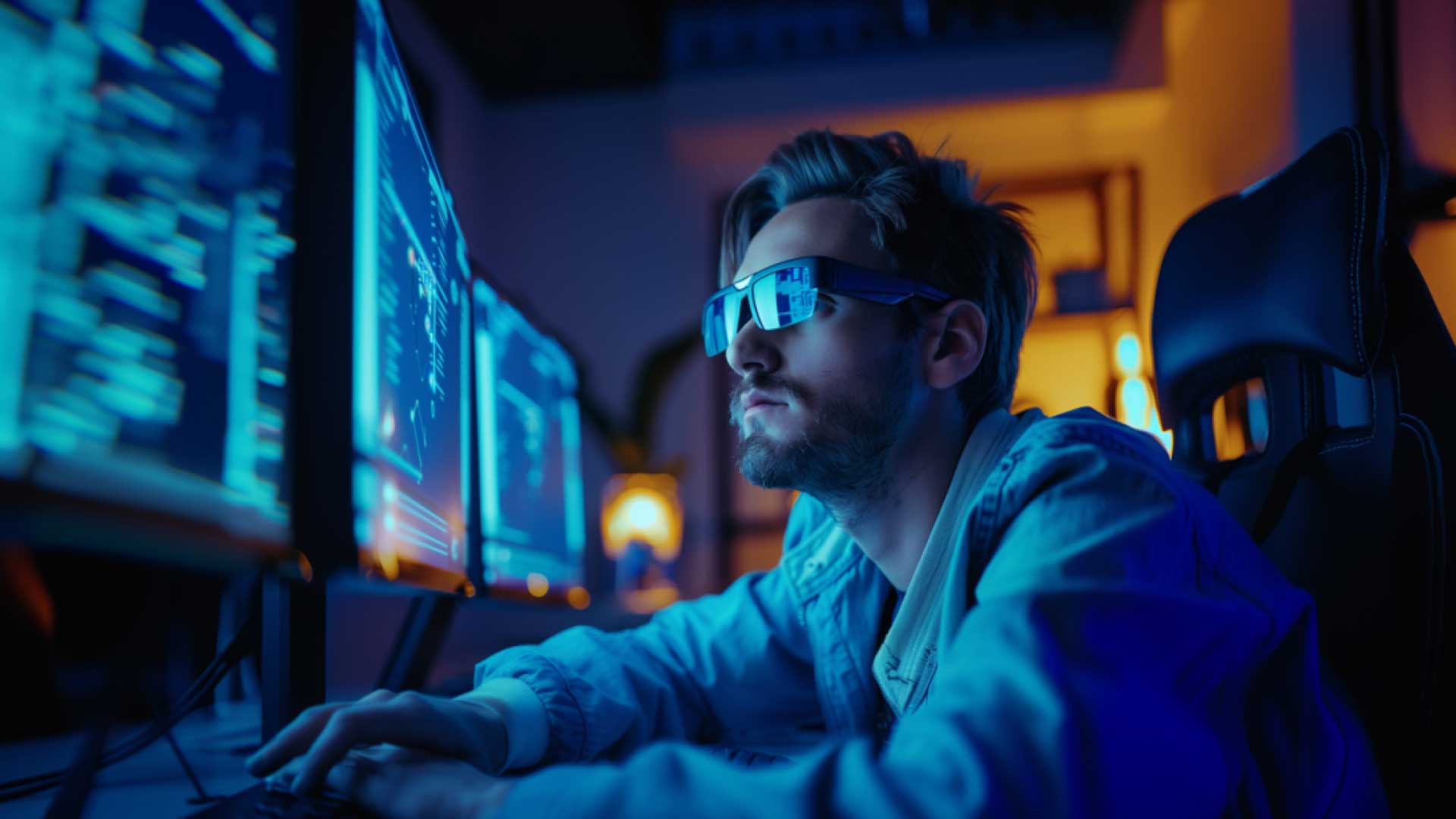Enhancing Availability Through Assistive Innovation for the Blind
The integration of assistive technology for the blind stands for an essential development in accessibility, basically modifying just how people navigate their atmospheres and involve with culture. As we explore the varied types of assistive tools and their concrete influences on daily living, it becomes essential to check out exactly how recurring technological advancements are improving the landscape of support for the blind area.
Introduction of Assistive Technology
Assistive modern technology refers to a variety of devices and software created to enhance the abilities of people with impairments, consisting of those who are aesthetically impaired or blind. This modern technology plays an important duty in advertising independence and enhancing the lifestyle for individuals. By giving alternative techniques for accessing information and carrying out day-to-day jobs, assistive technology equips individuals to browse their settings more successfully.
The growth and implementation of assistive modern technology embrace a range of concepts intended at fostering ease of access. These principles consist of user-centered design, which prioritizes the requirements and choices of the person, and the assimilation of innovation right into everyday activities. Such developments make sure that assistive tools are not just functional however also user-friendly and simple to use.
Additionally, assistive innovation includes a diverse spectrum of options, from low-tech alternatives like magnifiers to state-of-the-art developments such as screen visitors and Braille screens. The continuous development of this area is driven by the demand to deal with the special difficulties dealt with by people with visual disabilities (Wearable technology for low vision). As innovation continues to development, the capacity for enhancing ease of access and promoting inclusivity remains promising, ultimately adding to an extra fair society

Kinds Of Assistive Instruments
Various kinds of assistive tools are available to support people that are visually impaired or blind, each developed to attend to details needs and obstacles. These tools can be generally categorized into three primary types: low-tech, mid-tech, and high-tech options.
Low-tech tools consist of things such as magnifiers, Braille tags, and responsive maps. These are relatively easy tools that improve the individual's capacity to connect with their setting without calling for complicated technology.
Mid-tech gadgets usually include advanced functions, such as electronic magnifiers and portable Braille note-takers. These devices can offer functionalities like speech output, allowing users to accessibility details a lot more effectively.

Influence On Daily Living
The availability of various assistive devices significantly boosts the lifestyle for people that are visually impaired or blind, influencing their everyday living in extensive ways. By incorporating modern technologies such as display visitors, Braille shows, and audio summary solutions into their routines, individuals acquire better freedom and self-reliance. These devices facilitate accessibility to info, enabling people to do daily jobs, such as checking out e-mails, navigating public spaces, and enjoying media web content.
In addition, assistive tools encourage people to engage even more totally in social interactions and community tasks. The capability to utilize smartphones outfitted with access functions enables smooth interaction and connection with others. This connection promotes a sense of belonging and minimizes sensations of isolation.
In specialist setups, assistive innovation sustains productivity by permitting individuals to complete job tasks successfully. Tools like voice acknowledgment software application and specialized magnification tools make it possible for customers to take part in the labor force on equivalent ground with their sighted peers.

Improvements in Technology
Current technological developments have substantially changed the landscape of devices offered for individuals that are blind or visually damaged. The assimilation of fabricated intelligence (AI) and artificial intelligence has actually generated applications that boost navigating and object recognition. For instance, smart device applications can currently make use of AI to identify and define environments in real-time, supplying users with valuable contextual info.
Furthermore, improvements in haptic innovation have resulted in the advancement of smart walking optometrist description canes furnished with sensing units that find challenges and provide tactile comments. This equips individuals to browse their atmosphere with increased confidence and freedom. Moreover, innovations in text-to-speech software program and braille displays have actually boosted the access of digital web content, permitting seamless communication with various media.
Wearable technologies, such as clever glasses, are also making strides in helping aesthetic problems. These devices can offer increased fact experiences, overlaying important info onto the customer's field of vision. Jointly, these innovations not only click reference improve the quality of life for people that are blind however also advertise higher incorporation in society. As modern technology remains to evolve, the this website capacity for much more transformative devices remains on the horizon.
Future Trends and Innovations
As technology quickly advances, the future of assistive devices for people that are blind holds enormous promise. Technologies in expert system (AI) and artificial intelligence are positioned to revolutionize the method blind users engage with their settings. For circumstances, AI-driven applications are being established to improve things recognition, allowing customers to identify and browse their surroundings with higher simplicity and accuracy.
Furthermore, advancements in haptic feedback innovation are allowing the production of tactile maps and navigating aids that offer real-time info through touch. These advancements not just enhance movement however additionally foster freedom. Additionally, wearable gadgets equipped with augmented truth (AR) functions are arising, offering individuals aesthetic details through audio descriptions, consequently linking the gap between the digital and physical globes.
In addition, the integration of wise home modern technology presents new opportunities for availability, permitting people to regulate their living settings through voice commands or mobile phone applications. As partnership in between technology programmers and the blind area proceeds, the concentrate on user-centered layout will certainly ensure that future advancements are customized to satisfy the special requirements of this populace (Wearable technology for low vision). The trajectory of assistive innovation guarantees a much more comprehensive and empowering future for people that are blind
Verdict
In conclusion, assistive modern technology plays a vital function in boosting availability for individuals with aesthetic disabilities. Continuous improvements in innovation and user-centered design make certain that these tools cater successfully to the distinct demands of the blind neighborhood.
The combination of assistive innovation for the blind stands for a crucial advancement in access, essentially modifying exactly how people navigate their settings and engage with culture.Assistive innovation refers to an array of devices and software program developed to boost the capabilities of people with handicaps, including those that are visually impaired or blind. Wearable technology for low vision.As technology rapidly advances, the future of assistive tools for individuals that are blind holds immense guarantee. The trajectory of assistive modern technology guarantees a much more comprehensive and empowering future for people who are blind
In final thought, assistive modern technology plays a crucial duty in enhancing ease of access for people with aesthetic impairments.